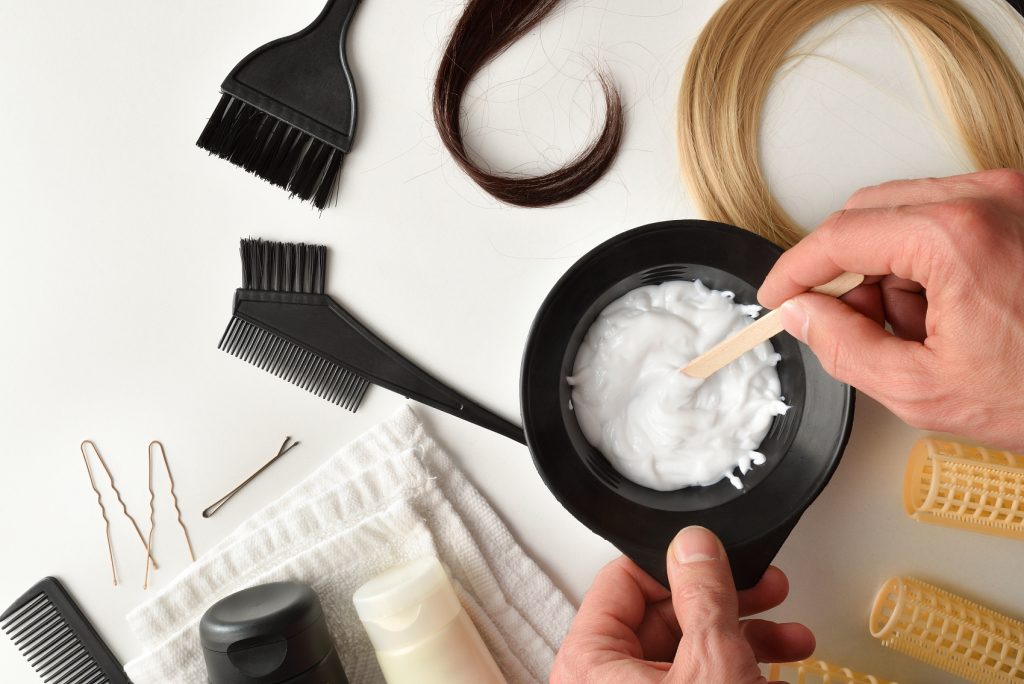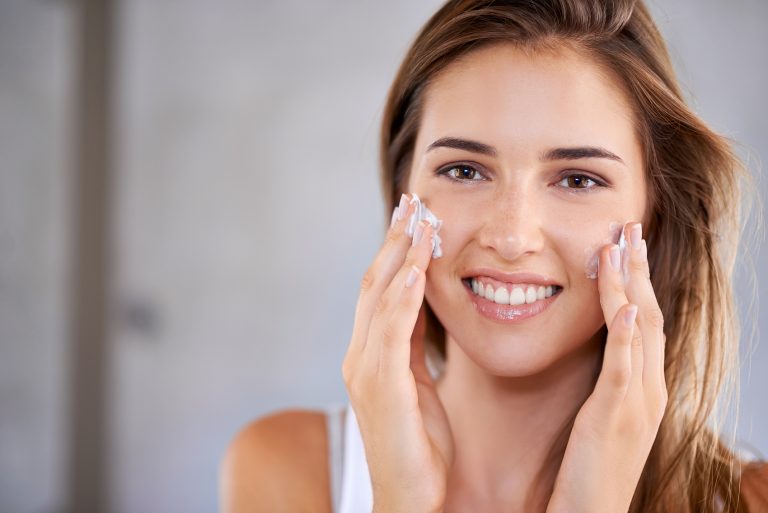Hair masks and conditioners are both essential for keeping your hair healthy, but they serve different purposes. While hair masks target specific problems like dryness, damage, and breakage, conditioners are great for taming frizz and making your hair more manageable on a daily basis. Let’s break down the differences between the two to help you figure out which one you need at any given moment.
Hair Mask vs. Conditioner: What’s the Difference?
Both hair masks and conditioners are crucial for a good hair care routine, but they work in different ways. Here’s a quick comparison of the key differences:

| Hair Mask | Hair Conditioner |
|---|---|
| Formulated with natural oils and nourishing ingredients to address hair problems at their root. | Works quickly to smooth hair shafts, rehydrate, and reduce frizz. |
| Provides long-lasting treatment, targeting deeper hair issues. | A quick fix that helps prevent hair breakage and damage from the sun and pollution. |
| Usually needs to be left on for 20 minutes or more for best results. | Works in just 2-5 minutes for effective results. |
| Great for repairing damaged hair and controlling long-term hair problems. | Offers temporary hydration and smoothness, with shorter-lasting effects. |
| Can be made at home with ingredients like avocado, aloe vera, or banana. | Often store-bought, but can also be made at home with hydrating ingredients like glycerin. |
| Helps reduce hair breakage and control damage from heat styling tools. | Forms a protective layer over hair to lock in moisture and protect from damage. |
What Is a Hair Mask?
A hair mask is a deep-conditioning treatment designed to address specific hair concerns. It’s made with nourishing ingredients like natural oils, which help repair damage, hydrate dry hair, and prevent breakage.
- When to use it: After washing your hair, while it’s still damp.
- How it works: The ingredients penetrate deep into the hair strands to fix underlying issues like dryness, damage, and breakage.
- How long to leave it on: For best results, hair masks should be left on for at least 20 minutes.
- DIY options: You can make your own hair mask at home using ingredients like:
- Curd and lemon for dandruff
- Egg and curd for dry, limp hair
- Aloe vera and coconut oil for damaged hair
- Banana and egg for dry hair
- Coconut milk and rose petal for nourishment
- Henna and indigo for grey hair
What Is a Hair Conditioner?
Hair conditioner is a lighter treatment that works to smooth, hydrate, and reduce frizz. It’s great for everyday use to help keep your hair looking fresh and manageable.
- When to use it: Right after washing your hair, while it’s still wet.
- How it works: Conditioner coats the hair shaft, making it smooth and shiny, and it helps lock in moisture that may have been lost during washing.
- How long to leave it on: Typically, you only need to leave conditioner in for 2-5 minutes.
- DIY options: While you can make your own conditioner, store-bought options are often preferred for their convenience and effectiveness.

Which One Does Your Hair Need?
In an ideal hair care routine, both hair masks and conditioners play important roles. If you’re struggling with dryness, breakage, or hair loss, a nourishing hair mask can help treat the root causes. For everyday hydration and frizz control, a conditioner is your best bet.
For example, if you’re dealing with hair fall along with dryness, try an onion or aloe vera hair mask to address hair loss, combined with regular conditioning to keep your hair hydrated and manageable.
So, Who Wins the Battle?
To wrap it up, both hair masks and conditioners are important for a healthy hair routine. Hair masks are a long-term solution for hair problems, while conditioners provide quick hydration and frizz control. Using both, in the right combination, will help you achieve healthier, smoother hair every day.
What’s your take on the hair mask vs. conditioner debate? Do you think one is more essential than the other in your routine? I’d love to hear your thoughts!
And before you go, don’t forget to check out our other posts, like:
- Can You Use Regular Conditioner as a Leave-In Conditioner?
Have a great day!






